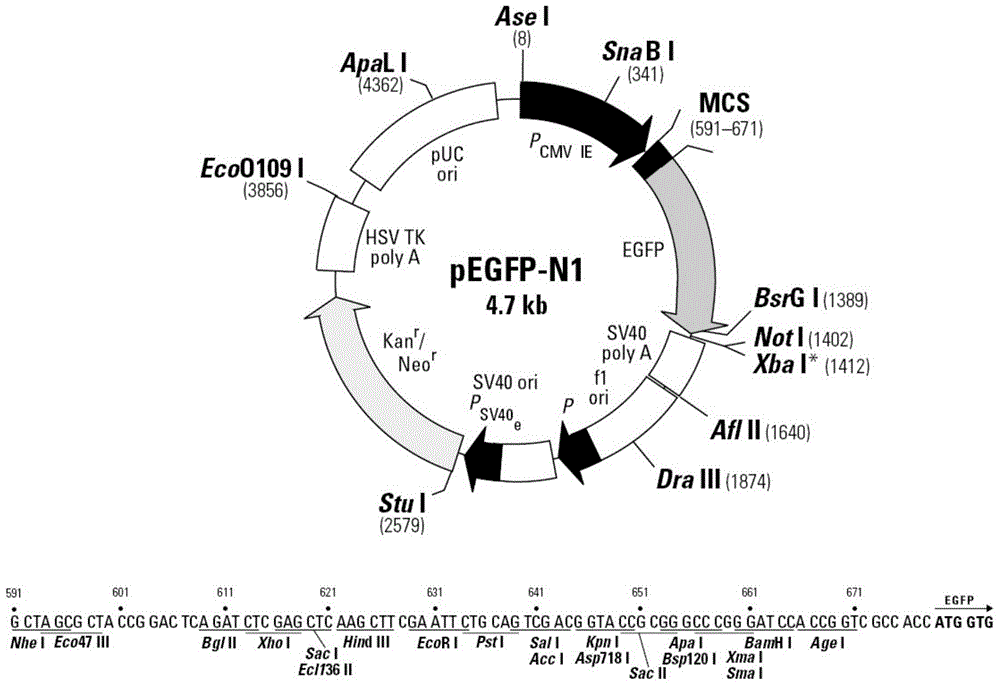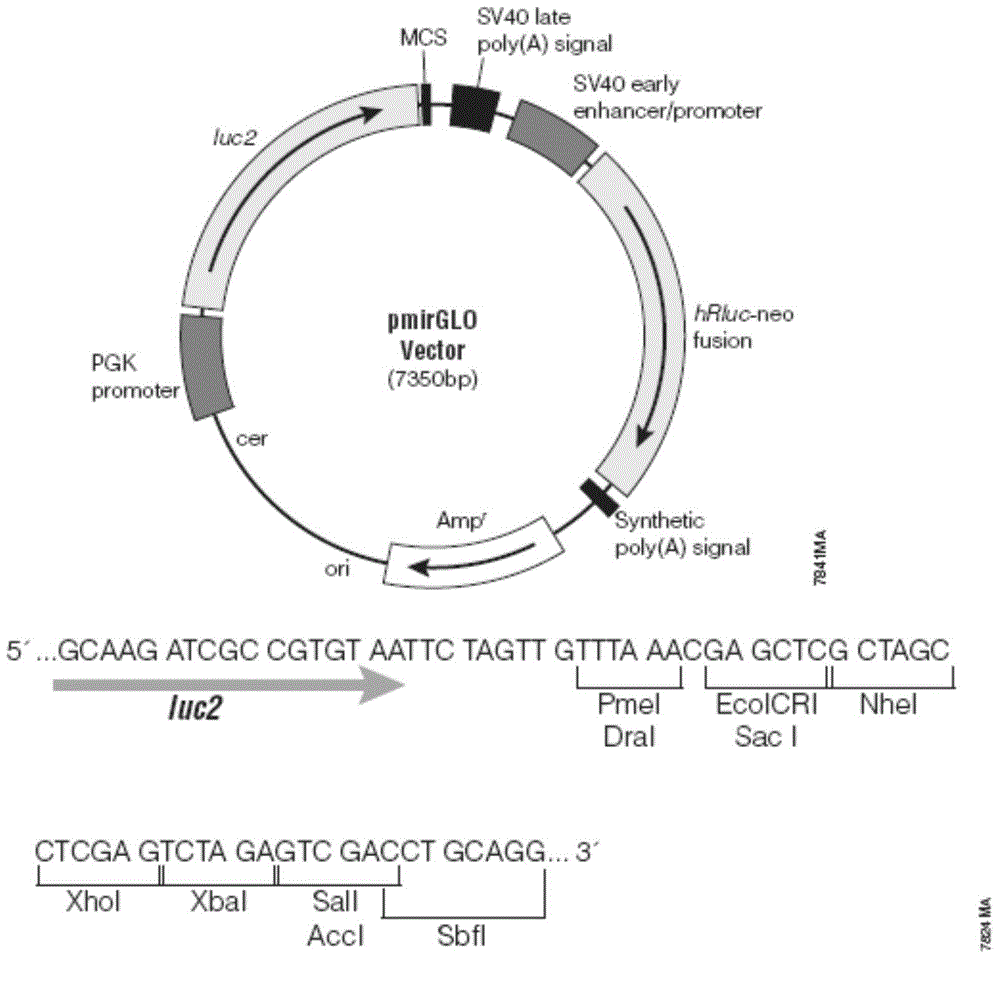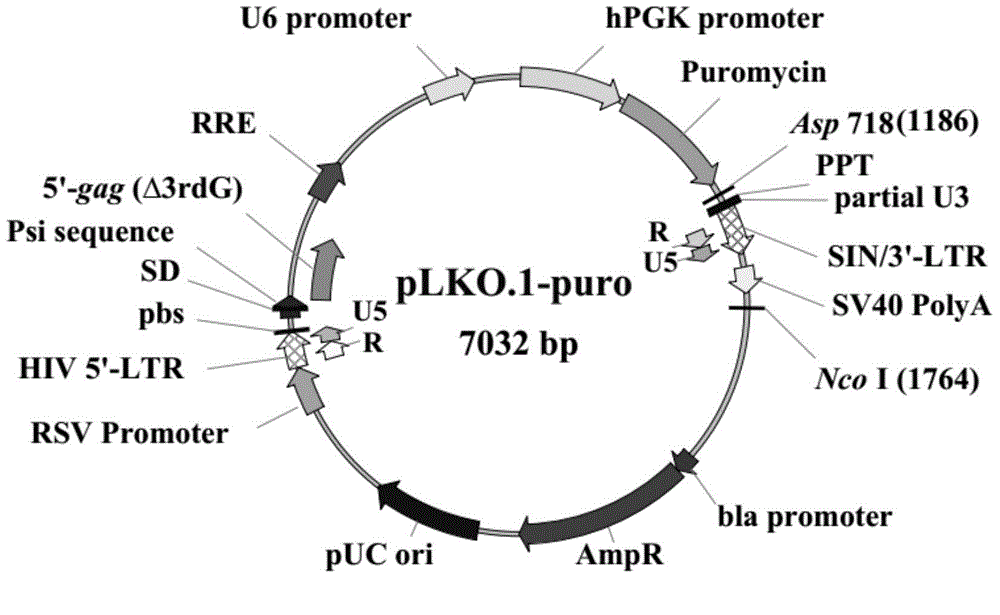Application of microRNA-326 inhibitor to the preparation of medicament for treating cataract
1. Microrna-326, a technology for preparing drugs, applied in the field of molecular biology, can solve problems such as weakening stability, abnormal lens structure, and change of lens transparency, and achieve a significant inhibitory effect
- Summary
- Abstract
- Description
- Claims
- Application Information
AI Technical Summary
Problems solved by technology
Method used
Image
Examples
Embodiment 1
[0038] 1 Materials and methods
[0039] 1.1 Materials
[0040] 1.1.1 Research object
[0041] Human lens epithelial cells HLEC-B3 cell line was purchased from Wuhan Primary Primary Biomedical Technology Co., Ltd.
[0042] Mouse C57BL / C, gray, was purchased from the Experimental Animal Center of Second Military Medical University.
[0043] 1.1.2 Carriers used
[0044] The dual luciferase reporter gene vector pmirGLO was purchased from Promega Company, the product number is Cat.#E1330, and the vector map is as follows: figure 1 shown; the expression vector pLKO.1 was purchased from Addgene, and the vector map is as follows figure 2 shown; the green fluorescent protein expression vector pEGFP-N1 was purchased from Addgene, and the vector map is as follows image 3 Indicated, used as a control plasmid in this study.
[0045] 1.1.3PCR primer sequence
[0046] Primer Sequence(5′→3′) SEQ ID NO. R-H-FGF1-F GCTCACACATTTGCCCCAAG 1 R-H-FGF1-R GGAGCCAAGA...
PUM
 Login to View More
Login to View More Abstract
Description
Claims
Application Information
 Login to View More
Login to View More - R&D
- Intellectual Property
- Life Sciences
- Materials
- Tech Scout
- Unparalleled Data Quality
- Higher Quality Content
- 60% Fewer Hallucinations
Browse by: Latest US Patents, China's latest patents, Technical Efficacy Thesaurus, Application Domain, Technology Topic, Popular Technical Reports.
© 2025 PatSnap. All rights reserved.Legal|Privacy policy|Modern Slavery Act Transparency Statement|Sitemap|About US| Contact US: help@patsnap.com



